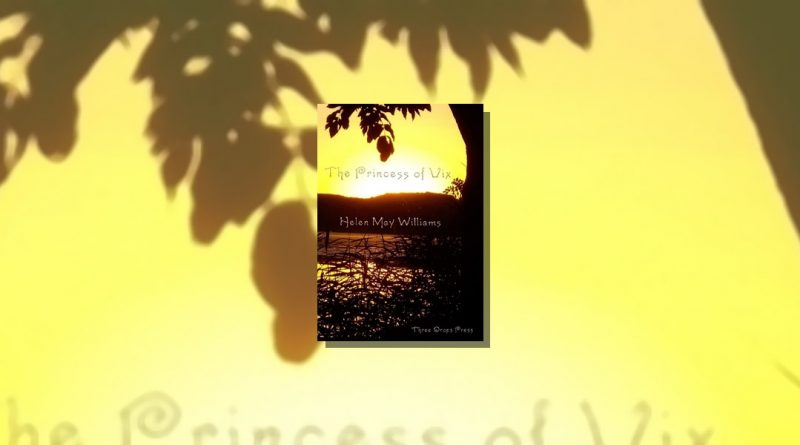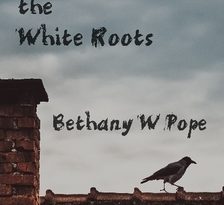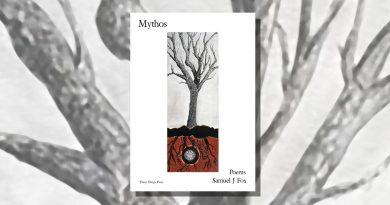The Princess of Vix by Helen May Williams
-Reviewed by Alison Jones-
The Princess of Vix immediately transports the reader into the world of a Celtic princess whose burial chamber was discovered at Vix, a small village close to Châtillon-sur-Seine in Burgundy. The princess was crippled due to injuries sustained in childbirth, and in this sequence of poems, Helen May Williams takes a journey through seasonal celebrations, blood rites, motherhood and the passing of time in landscape where not everything is certain.
The central motif of this debut pamphlet is the krater, a large bronze vase, found in the burial chamber, embellished with the maiden goddess figure Kore, who is also known as Persephone. Helen May Williams poetically imagines the Vix princess as a Demeter figure, presiding over autumn ceremonies and synthesising elements of Greek and Etruscan and Celtic mysteries as expressed in ritual and rite.
The opening poem, Nadir, plays homage to Schubert’s Winterreise, setting the tone of locating the speaker and reader “in this dark wood”, and “in this dark time”, where ”we must find our way.” There is a sense of antiquity, which pervades the whole sequence, as Williams invites us to “tramp over buried bones”, and to place our imaginations around “one smooth single ancient stone.”
In Primipara, Williams remembers birth as “clecking”, the notion of one season hatching into another, “Past midnight, winter turned to spring,” a time in which both mother and child are mysteries to each other, “a stranger to a newborn stranger.” The imagery of birth trauma continues in Vix Princess, who runs on the earth beneath “dawn’s sanguine fingers”, yet is defined by the body which sings of its experiences, “hip bones grating and pelvis still awry.”
The poems in this pamphlet espouse a powerful evocative lyricism. Mainly voiced from the narrative perspective of the Princess herself. The issue of displacement is also addressed, with the presence of the Kern (the Celtic term) or Hoplite (Etruscan), the foot soldier who finds himself in the midst of ceremonies and rites of passage. The Princess of Vix is a powerful matriarch, officiating her daughter’s rites of passage into womanhood, and the soldier plays Kourous to the young girl’s Kore.
Williams then gives the crone aspect of the triple goddess a voice, in Hecate and the Hag’s Lament sequence. In Hecate the startling refrain “watches and mutely wails … waits and mutely wails”, gives a sense of the discord between the life lived close to the land and ceremony, and the spectating Roman legionary, who may “ensnarl us in script – fix us on parchment.” suggesting that where cultures collide, there is always a disconnect between what is seen and what is felt or expressed.
There is such a strong sense of landscape in these poems, shown through sensory associations with plants that grow and those that are used in ceremony, also the cyclic nature of death and rebirth as found in the harvest. Grass’s ‘brooding’, reeds, are ‘etched against the dawn’, and ‘fretwork’, poppy heads are ‘infused with blood’, the sacrificial head is wreathed ‘in meadowsweet.’ Perhaps this notion of longing to be close to the seasons, and visioning where our ancestors have been is part of life, and this is possibly what makes these poems so multifaceted, being able to function at surface level at first, then revealing more. The tight crafting and intriguing subject matter mean that this is definitely not a pamphlet to devour in a hurry, but one to savour, slowly, like a good glass of wine. The end notes are a helpful addition in explaining the context of Williams’ inspiration, drawing the reader further into the tale of this shadowy figure who is given life on the page.




